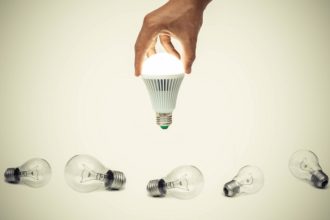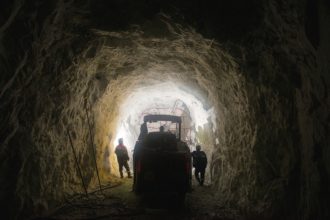What Is 3D Printing Used For? 10 Common Uses for 3D Printers
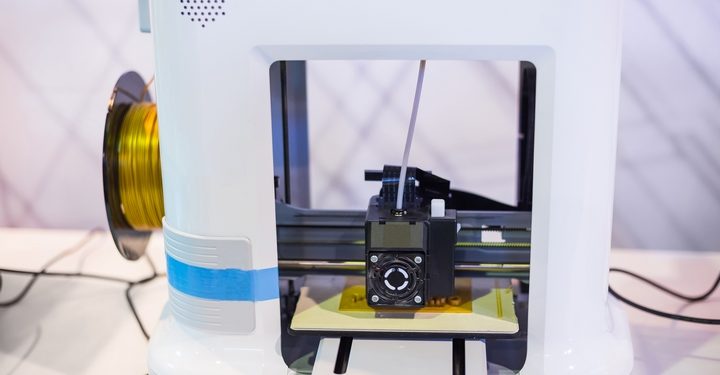
With the explosion of technology in recent decades, it can be hard to keep pace with one of the newest processes: 3D printing. While you’ve likely heard of this technology, you may be wondering what is 3D printing used for and how it might be part of your future.
The truth is that 3D printing may be used in your everyday life already. The 3D printer technology is currently being used to make prototypes in a wide range of industries, from education and aerospace to automotive and medical. 3D printing is also being used to manufacture everything from toys and consumer goods to dental and prosthetic devices.
In short, if you’ve been wondering “what is 3D printing used for?”, the answer may surprise you. Here are the ten most common uses for 3D printers, especially among industries and processes that currently use this remarkable technology.
1. Used for rapid prototyping
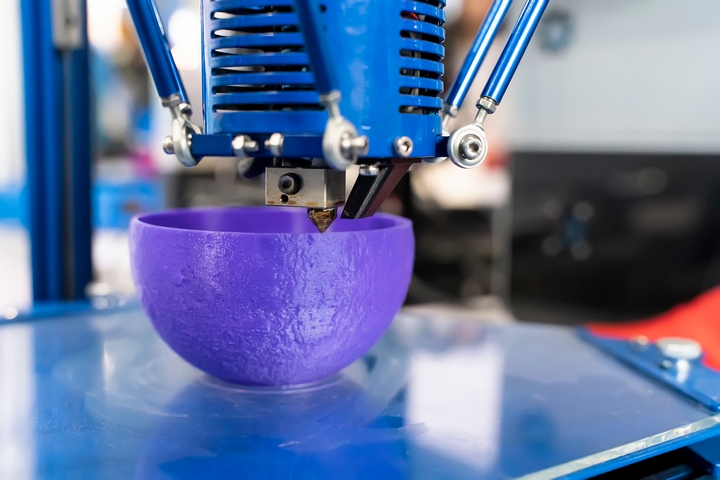
Until 3D printing disrupted the process, a prototype would take up to several days to produce. With 3D print technology, however, they are being produced in a matter of hours.
Using 3D printing for rapid prototyping has many business benefits, including reducing costs and time to market, while increasing efficiencies greatly. Rapid prototyping allows a business to easily test end-product design, function and consumer interest.
2. Used for medical devices and education
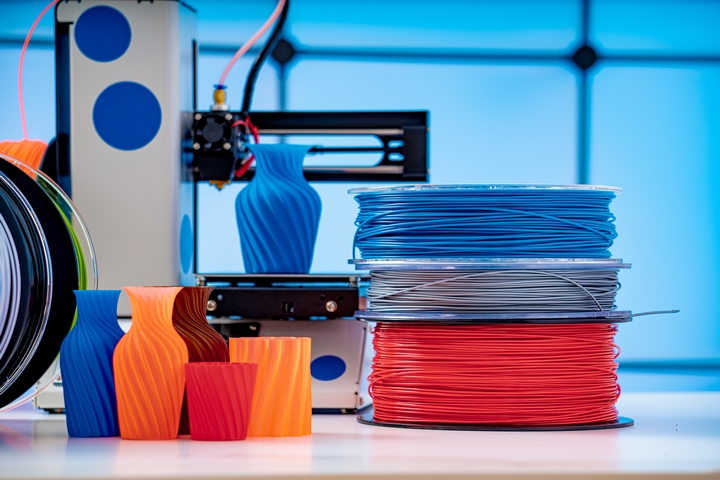
Developing a preclinical prototype of a medical device allows suppliers to test materials, size, shape and function. The precision of 3D printing allows for quick testing and early feedback, in order to optimize the design of final products.
In addition, 3D printing can be used for medical training, allowing new doctors to experience realistic, multi-material simulations, in order to prepare them for real life procedures.
3. Used for manufacturing parts
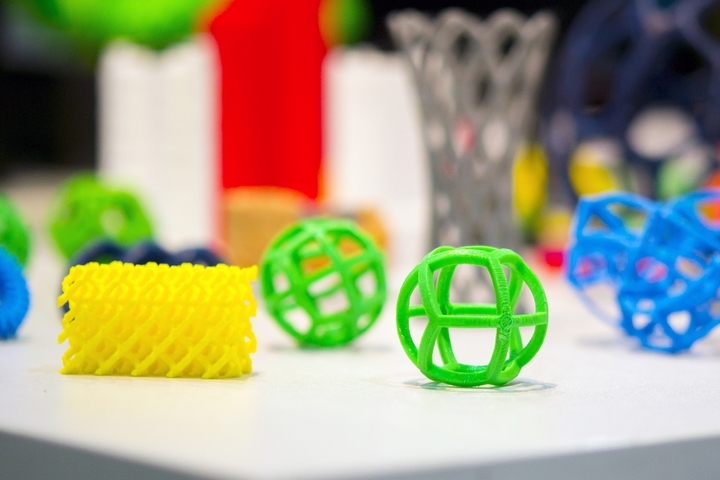
The manufacturing industry is undergoing significant change thanks to the impact of 3D print technology. Allowing a business to quickly test prototypes with new materials or designs, 3D printing opens new possibilities for lightweight, high-strength parts and products.
4. Used for automotive parts
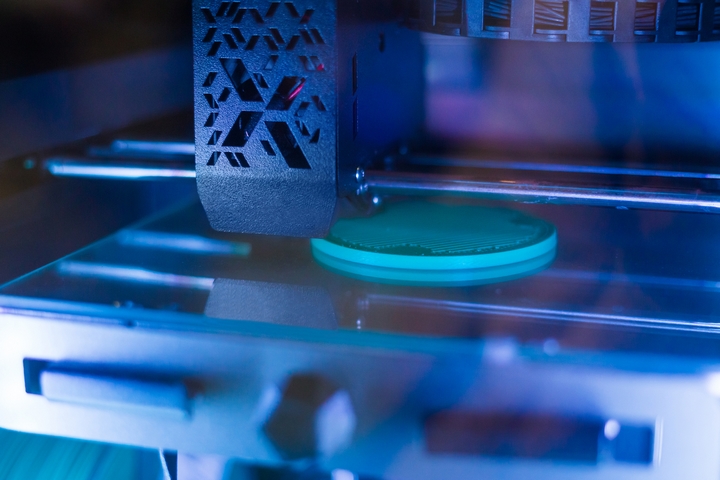
In the auto industry, 3D printing is being used to bring tools, fixtures and street-ready parts to market with never-before-seen speed and efficiency. Auto makers are able to design and test new parts and features quickly and inexpensively.
5. Used for dental tools and devices
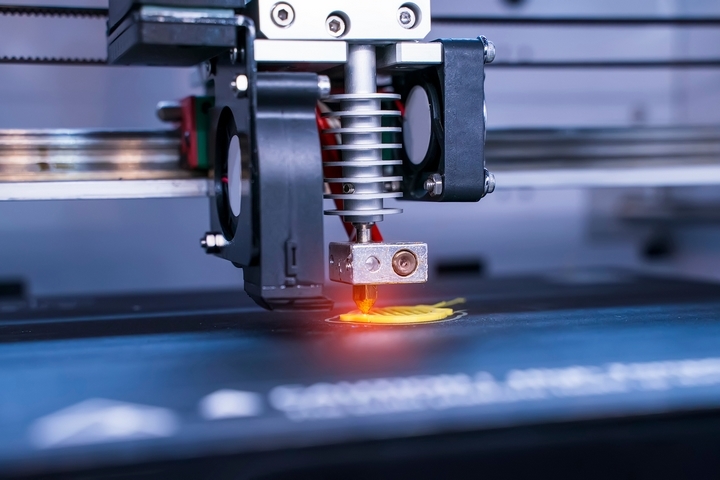
The dental industry is quickly adopting the efficiencies provided by 3D print technology. Using a digital intraoral scan instead of a physical mold, for example, allows dental labs to reduce time, materials, and storage space, while delivering more accurate, effective orthodontic appliances.
6. Used for chocolate
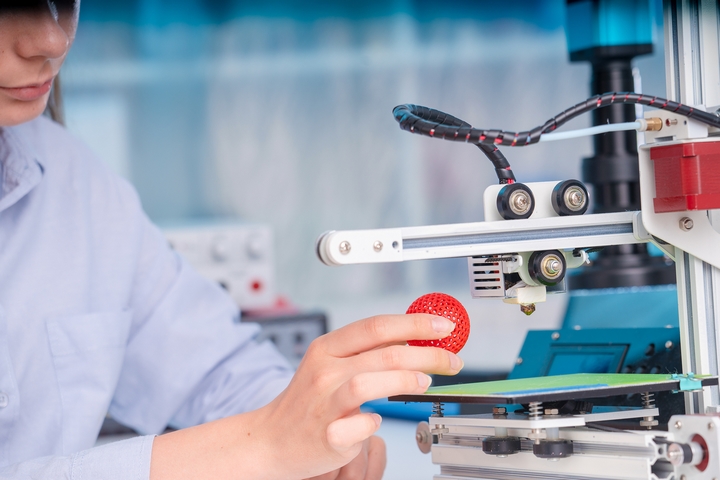
The chocolate industry is making the most of 3D print technology by adding creative design to the sweet treat. Most chocolate 3D printers use CAD files, with a syringe used instead of a filament.
The end result can take almost any shape, from simple roses to complex geometric patterns. The chocolate industry may evolve, as a result, with consumers expecting as much design as they do flavour.
7. Used for clothing
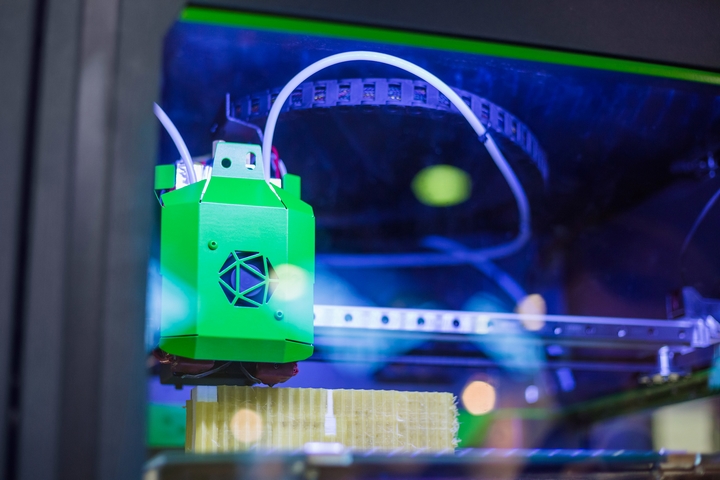
Yes, 3D print technology can be used for clothing design. While still in its early stages of development, fashion designers have already revealed clothing and shoes made with the technology. However, it will likely be some time before knitted, woven or conventional fabrics can be mimicked or created.
8. Used for consumer products
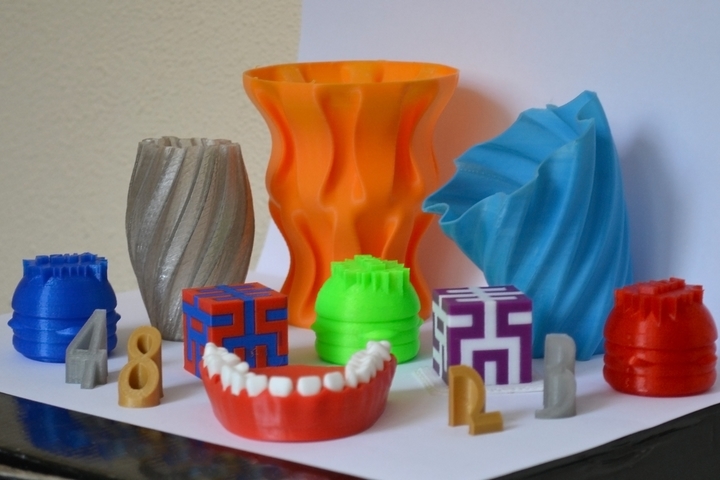
When it comes to consumer goods, the use of 3D print technology is only limited by imagination. Whether retail outlets use the technology to produce unique items for sale or consumers design their own products at home, the possibilities are endless.
Think: unique hair clips, bottle openers, wall designs, cutlery, pet collars and anything else that can be designed and manufactured with 3D print technology.
9. Used for restoration and repair
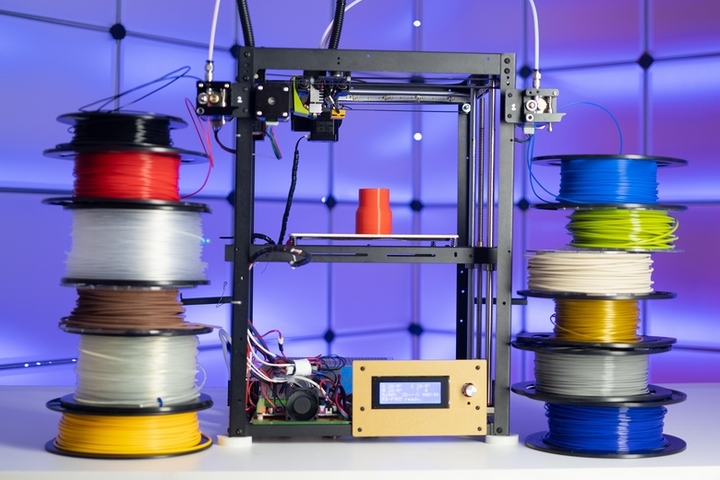
At some point, we’ve all had the experience—going out of our way to find a product, only to discover that it’s no longer available. 3D print technology can be used for recreating out-of-production parts or products and to restore aging or damaged products to their original condition.
This ability is sure to have a significant impact on the way that warehouses manage and store parts.
10. Used for vegan meat alternatives
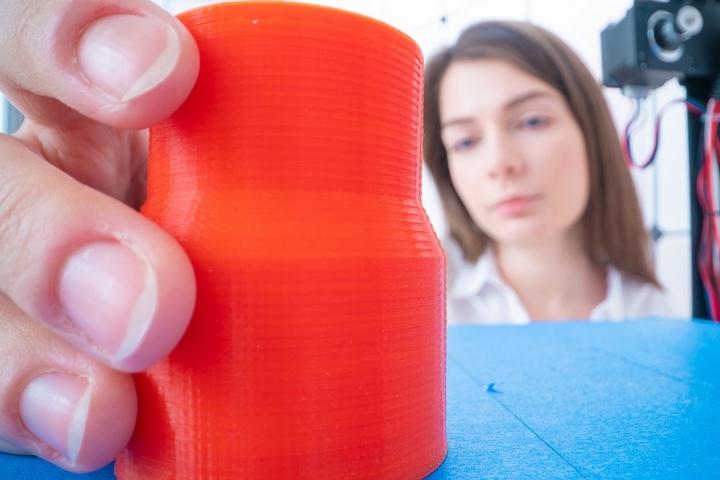
It’s true. 3D printing is making it all the way to our dinner plates. If you are looking to replace meat with vegan options, 3D printing may just be part of your future. Using raw ingredients, including vegetable matter and / or plant protein, a 3D printer can serve up realistic beef and chicken. While this technology is in its early stages, it’s possible that a vegan 3D printer will one day be on your kitchen counter.
Although 3D printing is revolutionizing some industries and just beginning to touch others, its true value lies in its potential. While there are likely several ways that 3D printing has already impacted your life, the technology is sure to become ubiquitous over time. Consumers will no longer be asking, “what is 3D printing used for?” and will instead adjust to faster turnaround on products and innovations.

